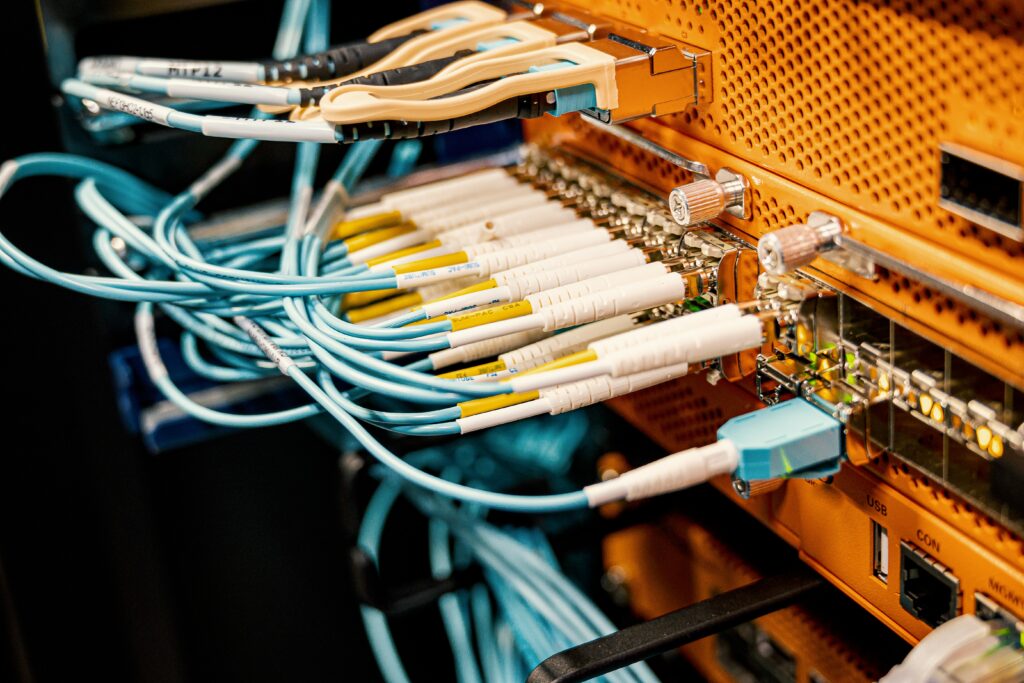Introduction:
Structured cabling refers to the design and installation of a cabling system that is used to support multiple hardware and networking systems within a commercial building. The cabling is typically organized in a hierarchical structure, with a main distribution area at the top, where all the cables come together, and then branching out to individual work areas. The cabling system is designed to support a variety of network protocols and technologies, such as Ethernet, Fiber Optic, and Wi-Fi. Commercial structured cabling systems are typically installed in office buildings, schools, hospitals, and other large commercial buildings to support the communication and data needs of the organization.
Structured cabling is a vital component of any modern office or commercial building. It refers to the installation of a comprehensive cabling system that supports data, voice, and video communication. A well-designed and properly installed structured cabling system can provide reliable and high-speed connectivity for years to come. In this article, we will discuss the structured cabling installation process and provide a step-by-step guide for best practices.
How best to install structured cable in your office:
When it comes to installing structured cabling in your office, there are several key factors to consider. The first step is to design and plan your cabling infrastructure. This includes determining the number and location of data outlets, selecting the appropriate cable types and lengths, and deciding on the best routing and termination methods.
It is important to also consider future expansion needs and to ensure that your cabling system is scalable. Once the design and planning phase is complete, the next step is to physically install the cable. This includes running the cable through walls, ceilings, and floors, and terminating it at the data outlets.
It is important to follow industry standards and guidelines, such as TIA/EIA, during the installation process to ensure that your cabling system meets safety and performance requirements.
Step-by-step guide:
- Design and plan your cabling infrastructure, including determining the number and location of data outlets, selecting cable types and lengths, and deciding on routing and termination methods.
- Run the cable through walls, ceilings, and floors, and terminate it at the data outlets.
- Test the cabling system to ensure that it meets industry standards and performance requirements.
- Label the cabling system for easy identification and future maintenance.
- Document the cabling system for future reference and expansion.
Conclusion:
Installing a structured cabling system in your office can provide reliable and high-speed connectivity for years to come. By following best practices and industry standards, you can ensure that your cabling system meets safety and performance requirements. With the right design and planning, along with a step-by-step guide, you can achieve a successful and efficient structured cabling installation process.

